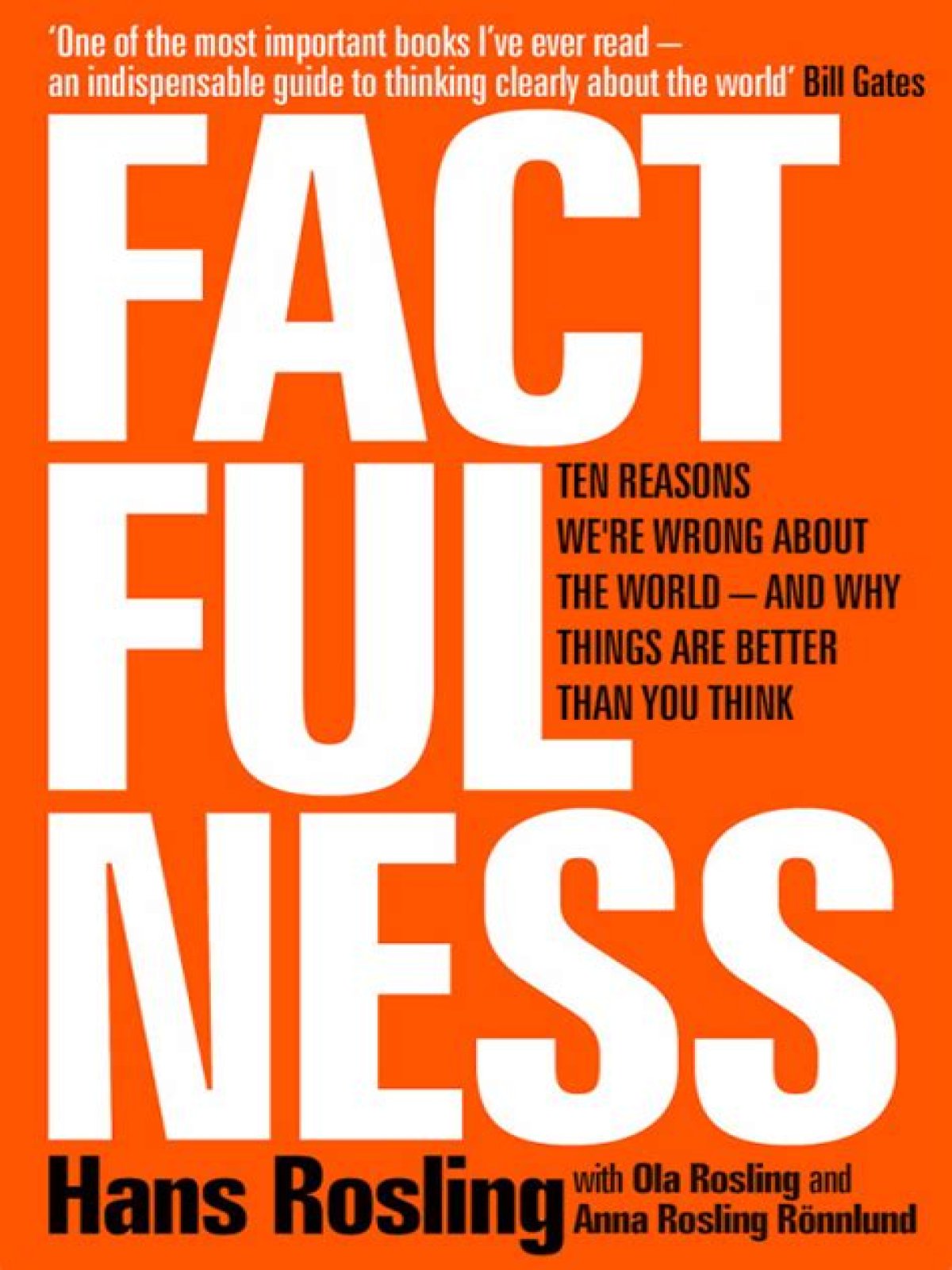Furthermore, how public like a frog meaning?
The juxtaposition in the line “How public—like a Frog—” shocks the first-time reader, combining elements not typically considered together, and, thus, more powerfully conveying its meaning (frogs are “public” like public figures—or Somebodies—because they are constantly “telling their name”— croaking—to the swamp,
Subsequently, question is, what do you think Dickinson means when she says to tell one's name the livelong June to an admiring bog? In the second and final stanza of this short poem, Dickinson declares, "How dreary – to be – Somebody! / How public – like a Frog – / To tell one's name – the livelong June – / To an admiring Bog!" She is basically comparing popular people to frogs, ones who won't become princes no matter how many kisses they get.
Beside above, what is the message of I'm nobody who are you?
"I'm Nobody!" is one of Dickinson's most popular poems, Harold Bloom writes, because it addresses “a universal feeling of being on the outside." It is a poem about "us against them"; it challenges authority (the somebodies), and "seduces the reader into complicity with its writer."
What is the speaker of the poem proud of being I'm nobody?
In this short, playful poem by Emily Dickinson, the speaker claims to be "nobody" and seems very proud of it. Obviously a person cannot literally be "nobody" because everybody, by definition, is somebody. In this poem the speaker is proud to declare she is not a self-promoter, someone who blows his or her own horn.
